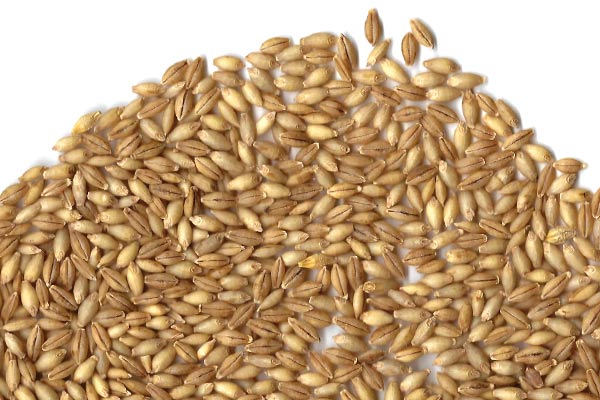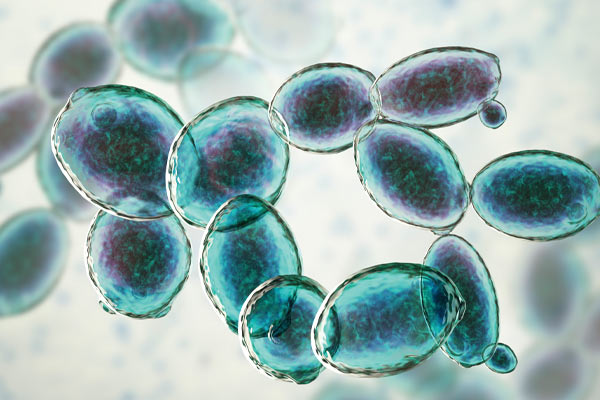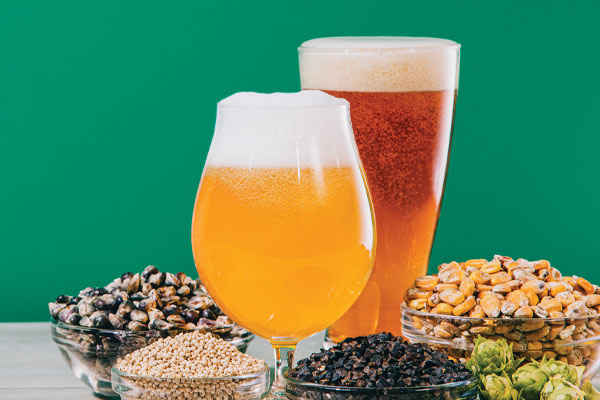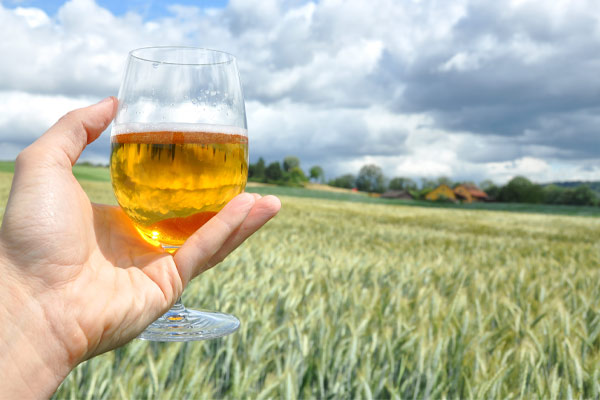
Gene Editing
With the advent of more precise gene editing technology such as CRISPR, bioengineered small grains may find their way into the malting supply chain in coming years.
You are using an outdated browser not supported by The Brewers Association.
Please consider upgrading!
We all know the basic ingredients in brewing beer: barley, hops, water, and yeast. Learn all about these ingredients, including where and how to get them, what equipment to use to store and handle them in your brewery, and how to maintain and analyze their quality to make the best beer possible.

With the advent of more precise gene editing technology such as CRISPR, bioengineered small grains may find their way into the malting supply chain in coming years.

The brewing industry became clued into thiols when researchers began to identify them as the highly impactful compounds driving tropical aroma in modern hop varieties.

A small group of researchers and grain users is stripping barley down to its essentials, looking for the next breakthrough in malting and brewing. Is hulless barley on the rise?

Farms in the Pacific Northwest grow 43% of the hops in the world. Other small hop farms from around the country and world make up the rest of the story.

A comprehensive look at the 2023 hops and barley harvests. Hop acreage declined significantly in the U.S., while climate change is affecting crops around the world.

Yeast suppliers have started to provide a microbial avenue for creating non-alcoholic beer by offering nonstandard yeasts that have limited ability to digest crucial malt sugars.

A look at available substitutes for barley malt, as detailed in this excerpt from Gluten-Free Brewing: Techniques, Processes, and Ingredients for Crafting Flavorful Beer.

Breeding clearly is one way for the industry to reduce its carbon footprint, even if line items are added to the checklist for what makes a “good” hop.

A comprehensive look at the 2022 hops and barley harvests. Hop acreage declined slightly in the U.S., while the European harvest was the worst in decades.

Regenerative agricultural practices such as reduced tilling, cover cropping, and enhanced water management can remove significant amounts of CO2 from the atmosphere.